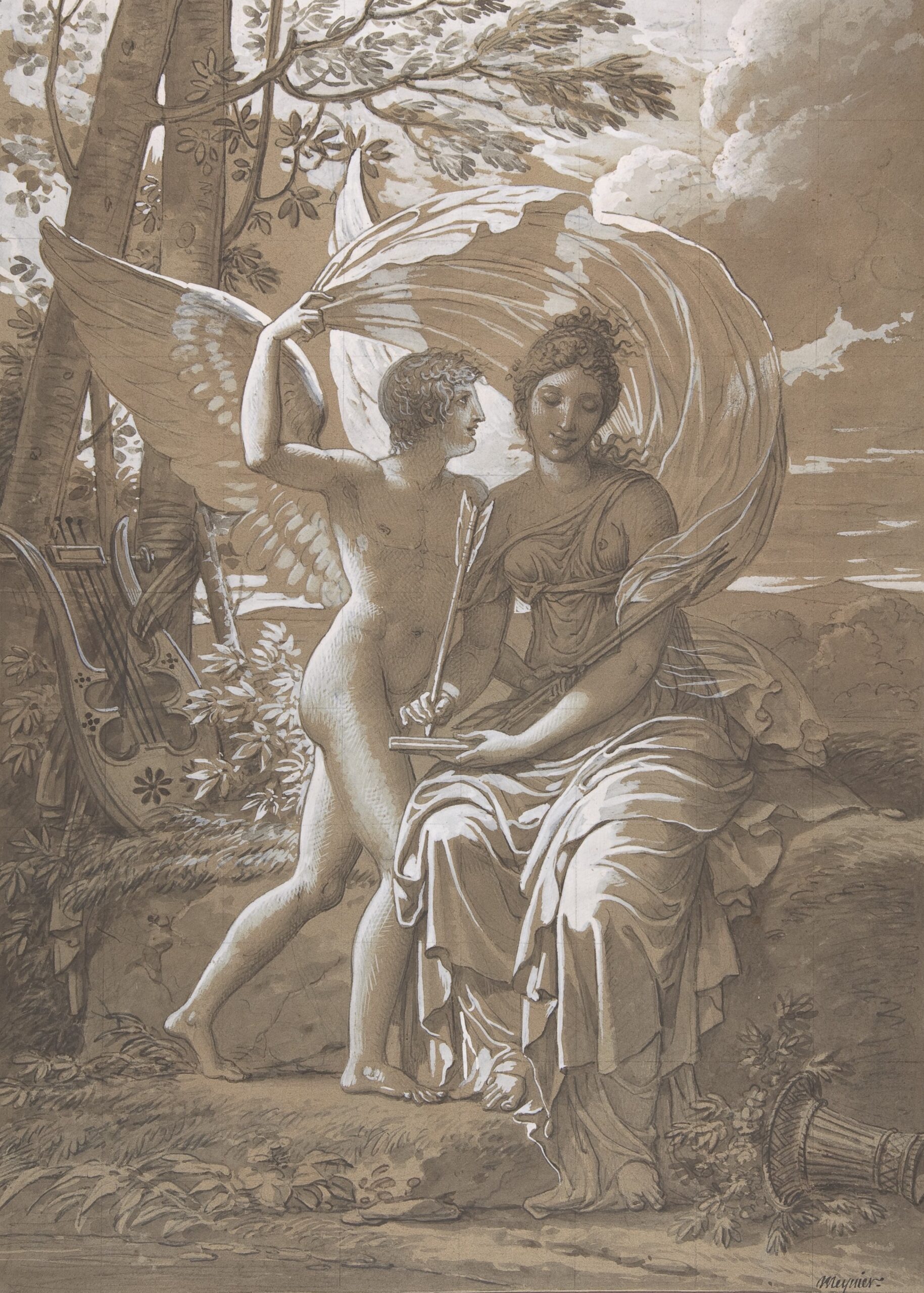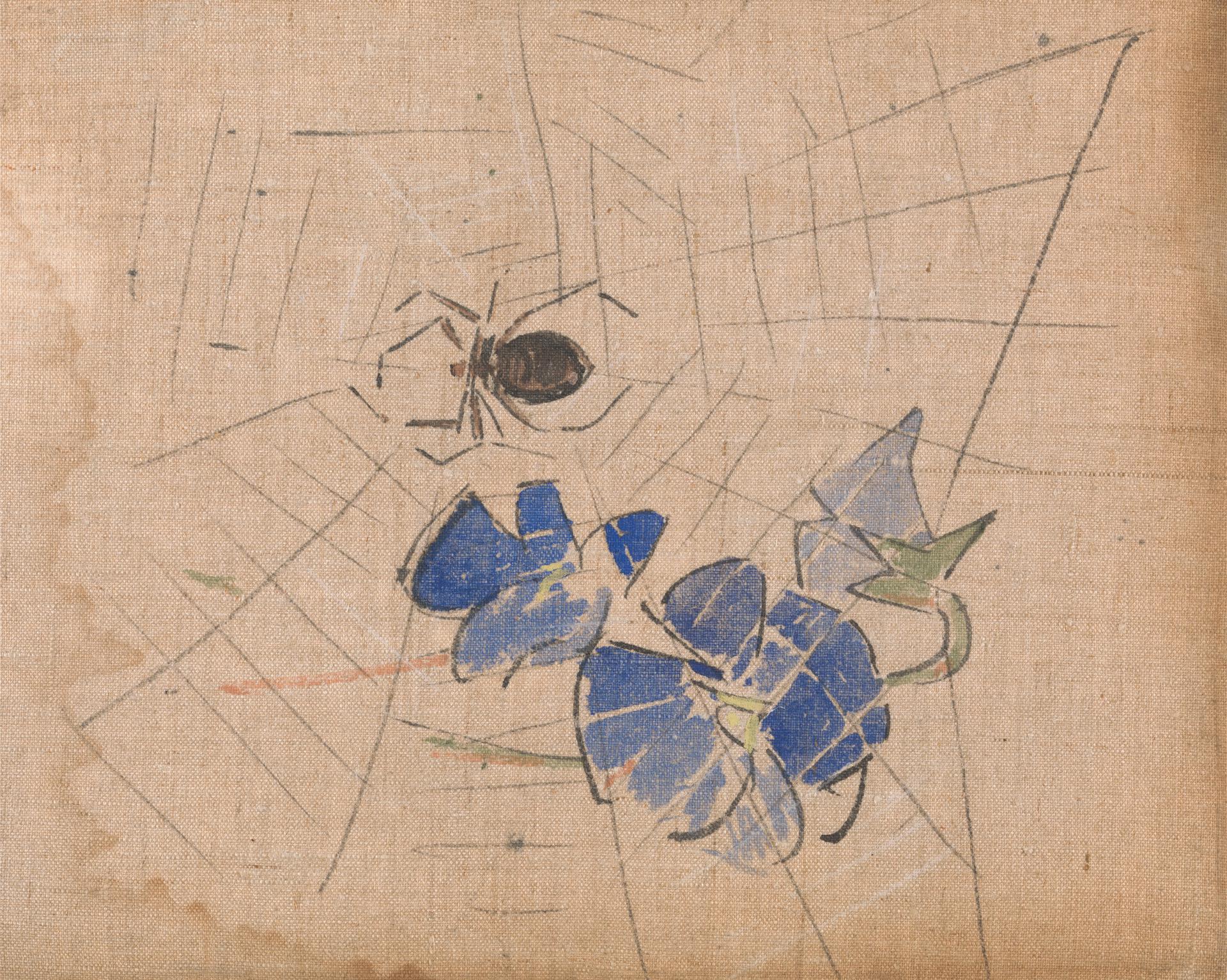Editor’s Note: We’ve had this piece on the schedule to run today for a while, but in an odd coincidence, it turns out that Mona Simpson is the biological sister of Steve Jobs. Read about it here.
1.
 One of my favorite books/presents to give to the coming-of-agers in my life has long been Anywhere but Here, by Mona Simpson. Set in the 1960s and 70s, the book follows the 12-year-old Ann August as she and her twice-divorced mother, Adele, move from Bay City, Wis., to Beverly Hills, Calif., with little more than a new car and vague aspirations of having Ann get television work in Hollywood. It’s a book that I think provides a nice picture of my own past — not in literal ways, but emotional, or perhaps even generational — as well as one that might give some insight into what the future might hold for those on the cusp of figuring out what life has to offer.
One of my favorite books/presents to give to the coming-of-agers in my life has long been Anywhere but Here, by Mona Simpson. Set in the 1960s and 70s, the book follows the 12-year-old Ann August as she and her twice-divorced mother, Adele, move from Bay City, Wis., to Beverly Hills, Calif., with little more than a new car and vague aspirations of having Ann get television work in Hollywood. It’s a book that I think provides a nice picture of my own past — not in literal ways, but emotional, or perhaps even generational — as well as one that might give some insight into what the future might hold for those on the cusp of figuring out what life has to offer.
I first read it in college, a few years after it was published in 1986. As a 20-year-old, I remember being excited by Simpson’s prose, which seemed almost miraculously informal and lyrical, particularly in comparison to some of the stilted so-called classics I slogged through in my classes. To spend time with Ann in particular (other chapters are narrated by her mother, aunt, and grandmother) felt like hanging out with a cool older sister or cousin, or maybe even one of the effortlessly precocious girls around whom I always seemed to orbit during that phase of my life. In one second she would describe a character as “laughing, but not really,” or admit to feeling “I don’t know, kind of proud,” and then in the next offer some startlingly beautiful image: “The weeds moved under the water like swollen hair. I pulled the cattail hard with my hand and the silver seeds blew off into the tall grass like scattered wishes.”
I recently read the book again and in addition to laughing nostalgically at 1970s references like “prime tanning hours” and Jamoca Almond Fudge ice cream, was struck by how Ann seems to be almost an archetype for a certain kind teenager we see a lot today, a girl who is understandably very skeptical about the adult world, even as she acknowledges the desire or need to navigate her way into it, and with the desire to turn out better or, more bluntly, at least not quite as fucked up as her parents. It’s a very muted form of Gen-X optimism/insecurity that evokes memories of a lot of inward (and sometimes, regrettably, outward) eye-rolling and cringing. I’m thinking specifically about characters like Angela Chase in My So-Called Life, or Daria from the eponymous animated show — or maybe even Buffy the Vampire Slayer, if you want to look at the entire ensemble as they more or less evolve from high-school kids into adults, confronting monsters all the way.
2.
In keeping with this theme, the 12-year-old Ann often seems more adult than her mother. In the opening pages of the book, for example, when Ann and Adele are en route to Los Angeles, Ann questions whether they can afford to stay at a nice hotel in Scottsdale, Ariz. She says that “I worried about money. And I knew that it was a bigger system than I understood. I tried to pick the cheaper thing, like a superstition.” At the same time, though, Ann (like her mother), is not exactly consistent, and capable of tween petulance, like when a few pages later, after arriving at the Bel Air Hotel in Beverly Hills, she angrily orders a steak off the menu, reasoning that “if we could afford to stay here then we could afford to eat, and I was going to eat.”
Later in the book, as Ann struggles to fit in with her, generally speaking, much wealthier Beverly Hills classmates, she starts telling lies, exactly like her mother has always done. Unlike her mother, however, who in the moment of lying actually seems to believe what she’s saying, Ann is more self-aware, and clearly understands what she’s doing, even if she’s not quite interested in stopping. Adele, who lies about everything from gifts she claims she sent to her relatives that must have been lost in the mail to the level of interest a man holds for her (when in fact she is basically stalking him), is pretty much certifiable, whereas Ann manages to remind us that she’s the teenager, acting in ways that are perhaps typical, or at least not unexpected, for someone who doesn’t fit in anywhere and knows exactly why. What’s great about Ann is that she doesn’t indulge in the kind of overly dramatic rebellion we often associate with adolescence, but exudes a slyer, more introspective type of dissonance that allows us to keep rooting for her, perhaps because it’s a feeling that we know will never quite go away.
 If teenage Ann is the moral center of the book, her mother, Adele, is the star, a woman who walks thin lines between charisma and cruelty — at times monstrous cruelty, even — intelligence and insanity, or perhaps more accurately veers into all of these areas, sometimes all at once. Now is probably as good a time as any to admit that I haven’t seen the movie version of Anywhere But Here, mostly because as much as I love Susan Sarandon, I didn’t want the film to wreck my image of Adele; some characters are really too perfect — too complicated, too charming, too demented — for the movies.
If teenage Ann is the moral center of the book, her mother, Adele, is the star, a woman who walks thin lines between charisma and cruelty — at times monstrous cruelty, even — intelligence and insanity, or perhaps more accurately veers into all of these areas, sometimes all at once. Now is probably as good a time as any to admit that I haven’t seen the movie version of Anywhere But Here, mostly because as much as I love Susan Sarandon, I didn’t want the film to wreck my image of Adele; some characters are really too perfect — too complicated, too charming, too demented — for the movies.
Adele is nothing if not demented and charming, someone you do in fact want to meet and watch, but only from a distance or for a short time, the kind of person who is great fun at a party but can destroy your life if you make the mistake of getting involved. The best example from the book is probably how Adele, until Ann is 12 and “old enough to get in trouble,” makes a habit of abandoning her daughter by the side of whatever road or highway they happen to be driving on, making her get out of the car and leaving her there until “she drove back…nodding, grateful-looking, as if we had another chance, as if something had been washed out of her.” Later in the book (but earlier in Ann’s life), Adele takes her daughter to an orphanage, where she tells Ann that “‘I brought you here because I’m telling you, Honey, you can’t act the way you’ve been doing. I’m warning you.’”
At other times, Adele’s cruelty is almost campy, such as when she confronts her 10-year-old daughter in the basement of their Wisconsin house and, after noting her displeasure at the way she fidgets on the couch as she watches television, demands to know who has “fucked” Ann, “because they really ruined you.” Or how Adele constantly harps on her daughter’s appearance, telling her she needs to take off about 10 pounds because she “just gobble[s] down the milkshakes” or how after a couple of neighborhood kids attacked Ann and cut off her hair on Halloween: “‘You talk about going to California and auditions for television, well, let me tell you, other kids are cuter. Your hair was what you had going for you. Without it, I just don’t think you’ll stand out.”
Still, for all of these Mommie Dearest moments, Adele is never one-dimensional. It’s hard not to develop compassion for her — and this is clearly Simpson’s genius — to identify with her longing to escape the tedious confines of her Wisconsin existence and create opportunities for her daughter that she never had, or at least squandered, and later — once she’s in L.A. — the terrifying prospect of establishing herself with very few connections as a single mother in an expensive, socially foreign city where she will do pretty much anything to “catch a man.”
Despite the occasional breakdown and the many, many lies she tells (some sad, many funny), Adele is a woman who scrapes by, bouncing more than a few checks along the way, but is always willing to splurge on something “smashing” (like a suede jacket or a great hat) for her daughter or to take them out for ice cream, which is a constant ritual throughout the book. Also constant is Adele’s desire to instill “class” into her daughter, whether it involves getting rid of her Midwestern twang — Adele has a master’s degree in speech therapy, which she uses to get a job in Los Angeles — or more hilariously by encouraging Ann to impress her new Beverly Hills classmates by alluding to a “bunnyfur” jacket like the one she used to wear in Wisconsin.
In the end, I ended up liking — maybe even loving — Adele in spite of myself. Despite her cruelty, the many lapses into selfishness or irresponsibility, the failures to provide much in the way of furniture or even food (except for ice cream) for her daughter, it’s easy to understand why Ann ultimately forgives her mother, which of course is the adult thing to do.
3.
When I give Anywhere But Here as a present, it’s my way of telling someone I love that I understand what it feels like not to fit in, which it turns out is a feeling that doesn’t exactly fade away with the years (so be prepared, in other words). But as much as the book is about the pain our families can bring us, it’s about relinquishing and sometimes laughing at it. It’s about the need to honor our parents, our crazy mothers and absent/distant fathers, who instilled this discomfort with the larger world into us, along with the yearning to escape. I would never say this explicitly, but I think to myself, here you go, dear niece or nephew: I understand how exasperating or sometimes insane your parents (my siblings) can seem, but try to remember that they would do anything for you, that they have lived for you. Which in my mind is a message that sounds better coming from me, an uncle, than it would from an actual parent, because I’m more impartial, someone who wants everyone involved to forgive the worst tendencies in each other as much as they appreciate the best.









